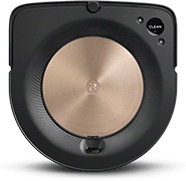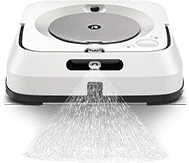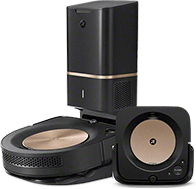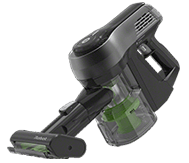Where Is The Best Place To Put Your Air Purifier?
You care about your health. You’re mindful about what you eat, how fit you are, how much rest you get. But, one thing you may be forgetting to consider is the quality of the air you take into your body. Globally, low air quality is responsible for over 7 million deaths a year and a whole range of health problems. And those health concerns are not limited to overcrowded cities. According to the World Health Organization, 99 percent of people live in places with substandard air.
Purchasing a high quality air purifier with a combination of HEPA filter and activated carbon filter is the first step in removing the dangerous pollutants in your home. But, to fully maximize the potential of your purifier, it’s important to find the right location for it.
In this article, we will discuss how factors such as the concentrations of indoor pollution and airflow can make a big difference in determining the ideal placement for your air purifier.
Which area of your home has the dirtiest air?
No one knows your home better than you do. Is your basement moldy and gross? Does the odor of fish linger in your kitchen days after you cooked it? Is your bedroom filled with pet hair and the smell of wet dog?
To really make full use of your purifier, it’s best to place it right at the source. A HEPA filter can remove the dust, mold, and pet hair, while an activated carbon filter can get rid of any odors or harmful gasses. Using a purifier in the rooms with the dirtiest air, as close to the source of pollutants as possible is the best way to keep your indoor air clean.
How big is your room?
If your air purifier can only purify 100 square feet, then it won’t do a lot of good in your 300 square foot sized dining room. Alternatively, it would be a waste of energy to use a purifier designed for large spaces in your tiny kitchen.
When it comes to purifiers, the size of the room matters and the best way to find out what purifier would be the best fit for your room is to determine the CADR. CADR indicates how much air is filtered in an hour for three particular pollutants (smoke, pollen, and dust) in Cubic Feet Per Minute (CFM). Basically, the higher the CADR number, the faster the air purifier filters the air.
Generally speaking, the CADR of your air purifier should be equal to at least two-thirds of the room’s area. If math isn’t your thing, there are online calculators available to help determine the minimum CADR you’d need for each particular room.
How much airflow is there?
Air purifiers are fantastic at pulling in air. But, the more air that’s available to them, the faster they can clean it. That’s why air purifiers work best when they’re placed in open areas. Placing your purifier near a window or close to a doorway is typically your best bet.
Another reason to place purifiers near areas with a lot of airflow is that moving air has enough energy to lift dust, mold, and many other particles, which it can then distribute around your house. Placing an air purifier near these entry points can remove the pollutants before they lower the air quality of your entire home. This can be particularly useful if you have pets that are limited to certain rooms of the house. Keeping a purifier between rooms will prevent dander and allergens from seeping into the rest of your home.
If open areas are the best place to put your purifiers, corners are the worst. Most air purifiers take in air through front-facing vents on the unit. Blocking those vents will greatly reduce your purifier’s performance.
It’s generally a good rule to make sure that the air purifier has at least a foot of space on the front, back, and sides of it so it will clean the air in the entire room instead of just a small corner. Bookshelves, couches, televisions, cabinets, and other furniture can all obstruct airflow. In fact, the less obstacles in the room, the better the purifier will be able to keep the air clean.
Will it be near open doors or windows?
While good airflow is important, you don’t want to overwhelm your purifier. Placing it near windows or doors that are open lets in a constant stream of outdoor air and pollutants which your purifier will clean, using energy that could be directed to your indoor air. Nevertheless, a high-quality purifier will still make a significant difference in your indoor air quality, even with the window open.
What electronics are nearby?
Air purifiers, like other small electronics, work on wavelengths. If you place your purifier too close to other electronics, they may interfere with each other. Purifiers that rely on high technology components are especially vulnerable to interference. It’s best to give around 5 feet of distance between the purifier and any other electronic devices.
How humid is the room?
The more humid the air is, the heavier it is… which can make it more difficult for an air purifier to work effectively. Bathrooms and kitchens are two rooms that tend to get especially humid… but also may be most in need of air purification.
For more humid rooms, consider using a dehumidifier along with your air purifier for maximum effectiveness.
Do you have to keep it in one place?
No! Air purifiers are light enough that they can easily be moved around. As long as you allow for sufficient airflow in every room, there’s no reason you can’t move the purifier from place to place. In fact, short of having a purifier in every room, moving the purifier regularly may be the most effective way to keep all areas of your indoor air clean.
This post was originally published on January 13, 2021, and was last edited on September 12, 2022.




